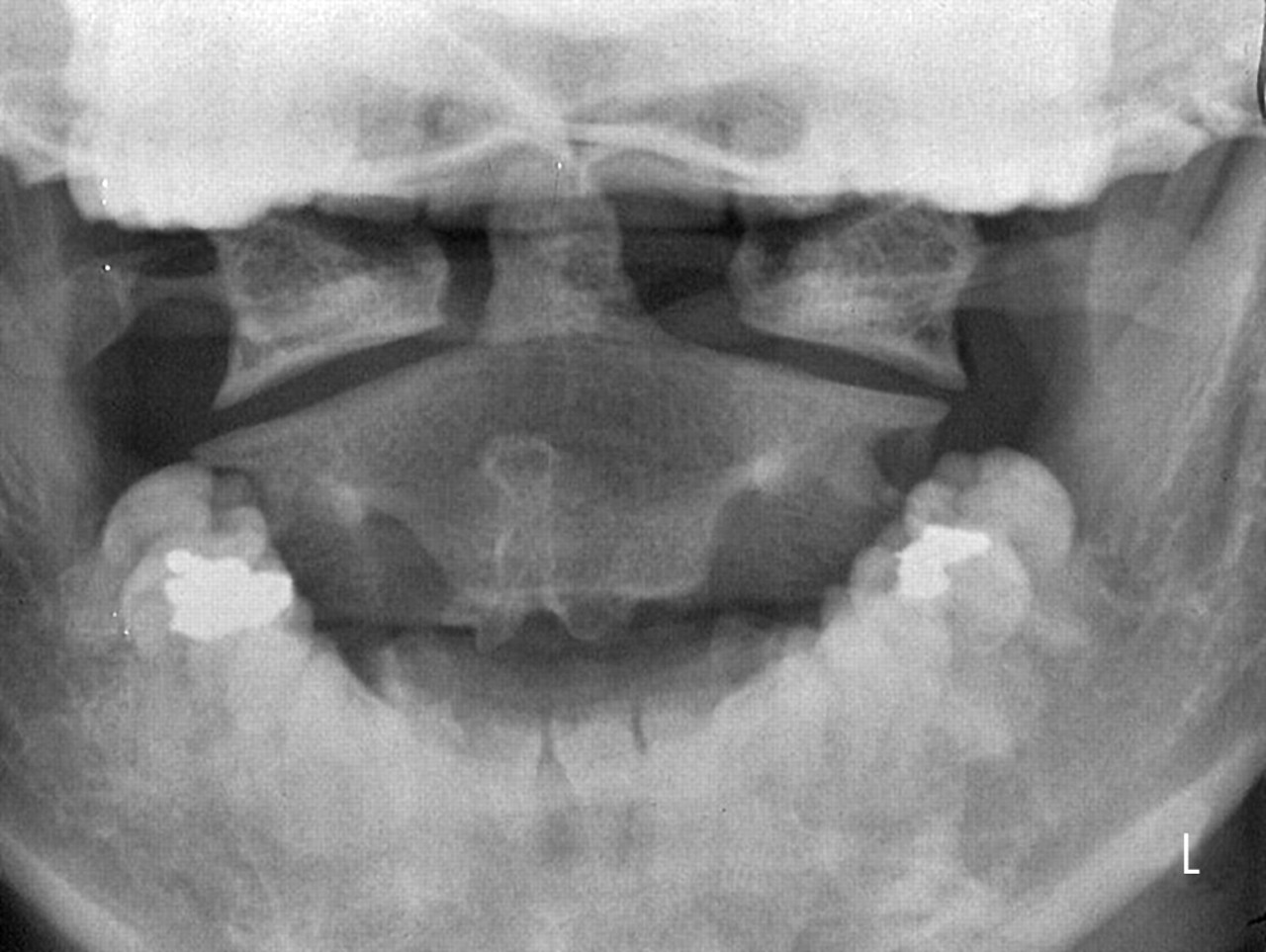

Further studies are required to confirm these results.ġ. Although WHO osteoporosis definition excludes cervical fractures, odontoid fracture may be considered as an osteoporotic fracture. Our study reveals that odontoid fractures mainly occur in elderly osteoporotic patients after a low energy impact. (1 patient: humeral and vertebral fracture on VFA, Serum vitamin D concentration was -1 DSīoth patients had vertebral fracture on VFA) 2 patients with T-score > -1.DS didn’t have hip BMD assessment because of bilateral hip replacement but had previous major osteoporotic fractures. The table summarizes population bone status: 8 patients out of 10 fulfilled diagnostic criteria of osteoporosis, including 6 with previous fractures. VFA analysis revealed 4 unknown vertebral fractures. 3 patients had previously received hormone replacement therapy, 1 received bisphosphonate for 5 years and 4 had calcium + vitamin D supplements. Evaluation included demographic data, clinical risk factors of osteoporosis, bone mineral density (BMD) at spine and hip and vertebral fracture assessment (VFA) by dual X-ray absorptiometry and serum analysis to detect secondary osteoporosis.ģ8 patients were hospitalized for odontoid fracture: 8 patients 3 months). An evaluation of bone status was proposed within 3 months after fracture event. We conducted a prospective study from January 2016 to January 2017 in patients > 65 years old, hospitalized in Nice University hospital for low energy odontoid fracture. These complications are especially common and important in elderly patients, for which ideal treatment options are still under debate. To investigate bone status in elderly patients sustaining a low energy odontoid fracture. Odontoid fractures represent one of the most common and controversial injury types affecting the cervical spine, being associated with a high incidence of nonunion, morbidity, and mortality. However, in atraumatic odontoid fractures, mainly reported by orthopedic surgeons, bone status has not been described yet.
#Odontoid fracture trial#
Despite a comprehensive search, the review authors found no evidence from completed randomised controlled trials to inform the choice between surgical and conservative management.Current WHO definition of osteoporosis excludes cervical fractures. This will be a pilot efficacy trial to compare treatment of odontoid fractures with 8 weeks of treatment with a parathyroid hormone analog (PTH) analog. The review aimed to examine the evidence from randomised controlled trials comparing surgical versus conservative treatment for these fractures to find if either approach gave a better outcome. Another option is surgical stabilisation of the fractured parts. People with these fractures are often treated conservatively, which entails stabilisation of the neck in devices such as a 'Halo' (external frame) and/or rigid collar for several months. In survivors there is a risk of ongoing damage to the spinal cord and paralysis. Fracture of the odontoid process is a serious injury and is often fatal. Underneath this is the axis or second vertebra, which has a upward pointing process called the odontoid process around which the atlas can rotate, enabling the head to be turned. The first vertebra, called the atlas, supports the skull. The seven bones making up the neck region of the backbone are called the cervical vertebrae.


 0 kommentar(er)
0 kommentar(er)
